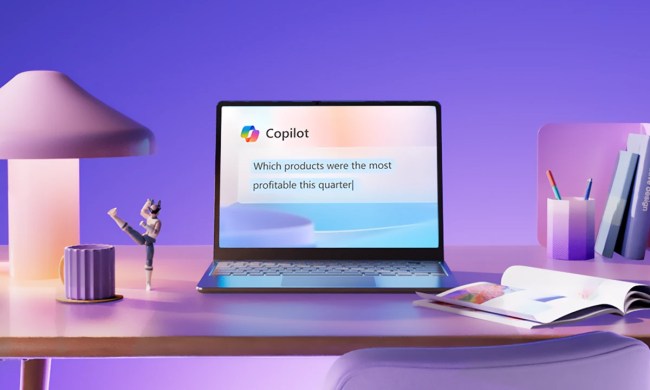Getting tired of typing out text responses to the many email messages that come into your inbox each day? Microsoft might have the solution for you, with a new way to reply and react to emails that would work just like what you’re already doing on iMessage, Facebook Messenger, or Slack.
According to an entry in the Microsoft 365 roadmap, Microsoft is actively working on a feature for Outlook on the web where you’ll be able to “react” to a message in your inbox. Microsoft says you’ll be able to react to messages with “love, celebration, laughter, surprise, or sadness” when accessing your inbox in Outlook through a web browser (and not the dedicated desktop application.)
The feature was first spotted by ZDNet, which bemoaned the idea of email becoming more like social media. It is, however, similar to what you can already do in Microsoft Teams, where you hover over a message to send one of six different reactions. The feature is currently marked as “in development,” with a general release scheduled for March 2021.
When fully rolled out, it will build on the current ability to “like” a message in Outlook on the web, which was first introduced in 2015. That feature lets you click a thumbs-up icon in the reading pane, and creates a note that you liked the message and adds a thumbs-up icon in the view. Anyone in the thread can like the message, and their likes are shown in the message, along with notifications about existing likes.

This is just one of many new features for Outlook. With most of the world still working from home, Microsoft is actively tweaking Outlook accordingly. Last year, the company rolled out a redesigned Outlook app on Mac computers that’s more catered toward the visual redesign of Apple’s MacOS Big Sur operating system.
On both Windows and Mac meanwhile, Microsoft has added big features like built-in translators, grammar checking, the ability to sync your signature across devices, email suggestions when searching for people, and writing suggestions.
Rumor has it that Microsoft is even planning to redesign its Outlook desktop app as part of “Project Monarch” on Windows 10 so that the app is more lightweight and efficient, and designed around the web experience for lower-end PCs and hardware being used in education markets.


